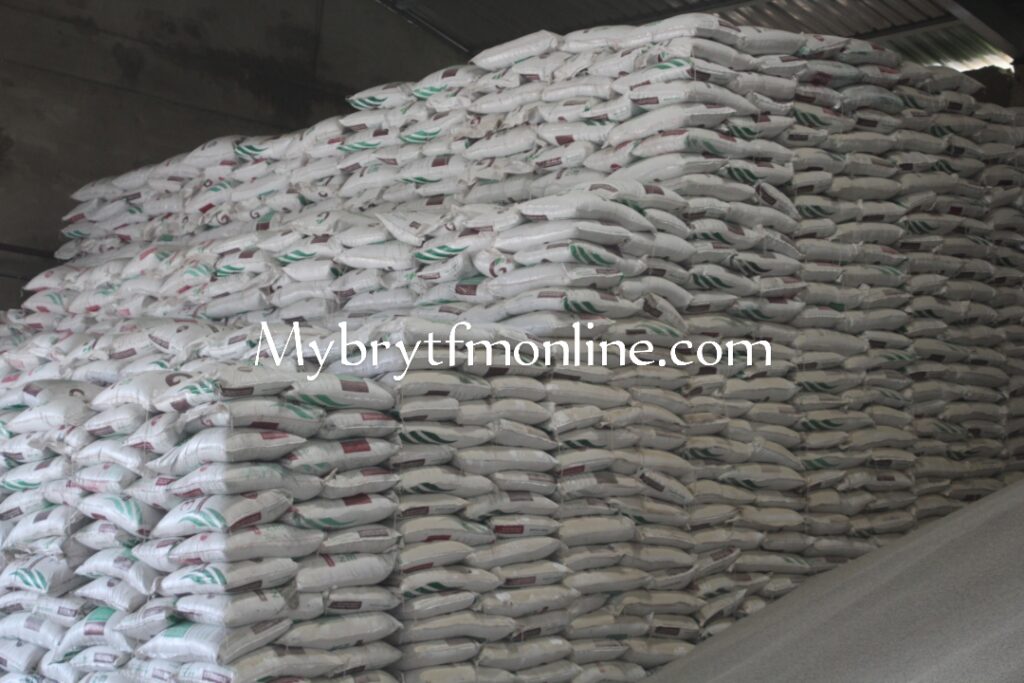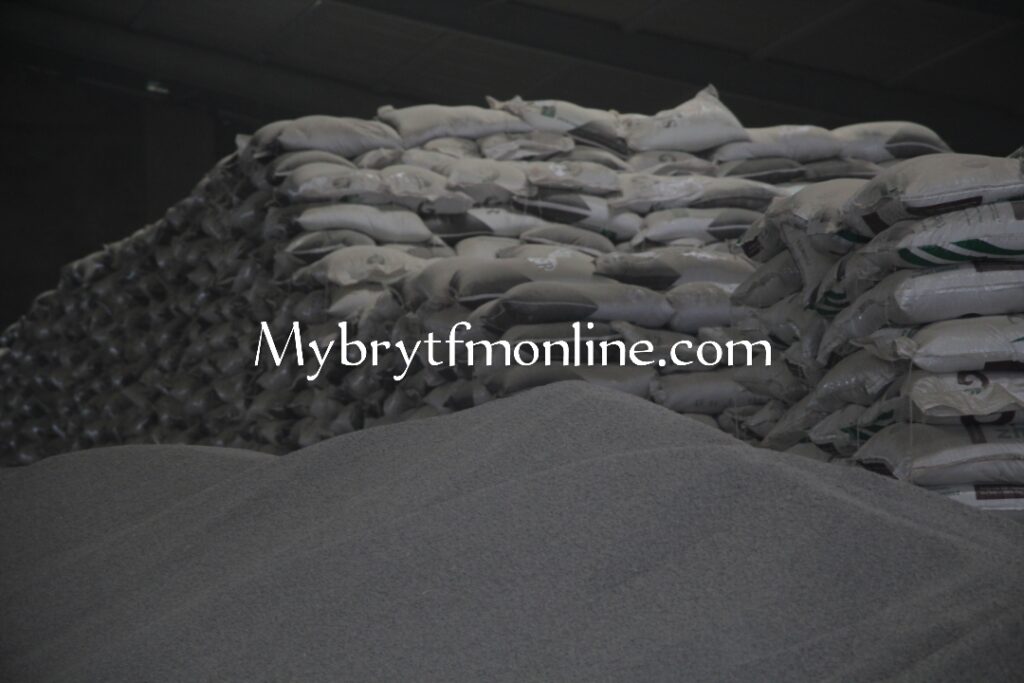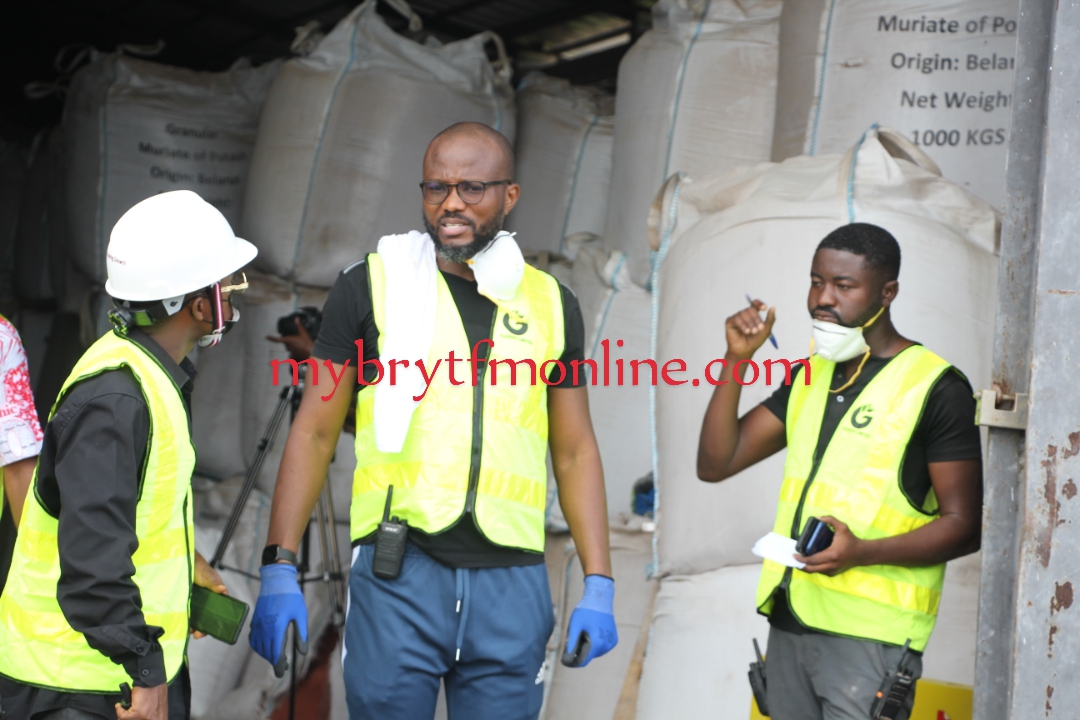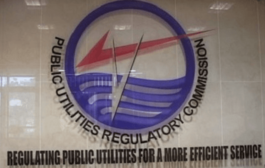Ghana’s largest fertilizer blending factory, GloFert is striving to meet domestic fertilizer demand amidst a looming global shortage of fertilizer at the back of the supply crunch of raw materials and skyrocketing prices on the international market.
Prediction by market players indicates a looming shortage of fertilizer globally due to temporal suspension’ of exports by major fertilizer companies in China, Western economic sanctions against Belarus, the impact of Covid-19 on production, and violent weather conditions affecting the production of the raw materials.
China is the world’s top exporter of phosphate, and shipped 3.2 million tonnes of diammonium phosphate fertilizer in the first half of this year to major buyers such as India and Pakistan as well as 2.4 million tonnes of urea, according to customs data.
Phosphates raw material costs, particularly sulfur and ammonia, have increased sharply. Urea feedstock costs have also risen, including natural gas prices which shot up in early 2021.
According to Bloomberg data, the increase in area prices, a popular nitrogen-based fertilizer this month is the highest since 2012 in New Orleans, the U.S.’s major fertilizer trading hub.
A common phosphate fertilizer known as DAP is the most expensive in that market since 2008.
Five million dollar Glofert Fertilizer Blending factory established under One District One Factory in 2018 in Asuboi -Kyekyewere in Eastern Region is feeling the brunt which resulted in interruption of its operation.

The Chief Executive Officer for Glofert Fertilizer, Reverend Foster Mawuli Benson said “this year we have delayed a little bit in bringing raw materials, all that is going to the government subsidiary program. Every day prices of fertilizers increase by 25% so it has been a challenging year. As we speak China has stopped the exportation of fertilizers they have stopped the exportation of raw materials. China is one of the biggest producers of one major nutrient that is Nitrogen; they also produce urea and ammonia. This is making it very difficult to access the raw materials”
He added “Last year by this time the average price of raw materials was around 320 dollars per ton but now as we speak the average price of raw material is around 900 dollars per ton and it is still moving. The speculation is that china putting a ban on the exportation of raw materials urea for example which is a major source of nitrogen is going to hit about 1000 of price increase” He said
However, according to the Chief Executive Officer for Glofert Fertilizer Blending Factory, Reverend Foster Mawuli Benson, a $10million facility accessed from ECOWAS Bank for Investment and Development(EBID) through the support of the Government has enabled the company to import some 30,000 metric tons of raw materials last year to resume production to meet demands in the domestic market.
The factory has therefore started production of fertilizer for the planting season.
It is currently producing 15,000 metric tonnes of various blends for Ghanaian farmers and the government of Ghana’s flagship Planting for Food and Jobs (PFJ) program.
The CEO urged the government to keep supporting the industry and honor its financial obligations on subsidies to enable timely importation of the raw materials for blending for farmers during the season.
“It is a kind of heavy burden budget for government to pay subsidies on fertilizers. Thankfully payments have been made; it has never happened in the industry that payment delays for almost 18 months. The ministry of finance has given go-ahead so we are expecting that hopefully in the next couple of weeks payment will be made so that we can bridge the gap of the facilities we have taken from our banks”
Rev. Foster Mawuli Benson was optimistic that the effort to establish a urea manufacturing plant in the Western region through a public-private partnership and exploration of mining of phosphorus would go a long way to partly reduce over-dependency on the importation of fertilizer raw materials.
“Plans are currently underway to set up a urea manufacturing plant in the western region and it’s a government-private partnership, so urea is the only big raw material that we produce in Ghana. and we hoping that very soon Ghana will explore phosphorus. Potassium is another major nutrient but unfortunately, potassium is limited. So even if Ghana sets up nitrogen, urea or ammonia plight as Nigeria and other countries have done now, we will still need other nutrients because urea is only one nutrient of 46% of nitrogen which can be used as a top dressing”.

He stated that “Currently Morocco is one of the world major producers of phosphate and Togo as well so we hope that in future that should change slightly the dynamics. But that will not completely take us from the importation of raw materials such as potassium and that of the micronutrients; we will still have to depend on the world market”.
Incorporated in April 2017, GloFert is a wholly Ghanaian-owned business that is focused on improving crop production and ensuring food security through excellent yields—by providing environmentally friendly, affordable, and quality fertilizers to farmers in Ghana and across the continent of Africa.
It has built 45,000 metric tons of warehouse capacity at Asuboi – Kyekyewere which is expected to be expanded to 120,000 metric tons in the coming years.
The facility also has a state-of-the-art Blending Plant for blending various formulations of NPK used by farmers for first applications on their plants.
The fully automated factory comprises one single line, a state-of-the-art declining weight blend system by EMT, with five large hoppers and three smaller hoppers for secondary and/or micro-nutrients.
The plant has an output capacity of 2,400 tonnes per day based on two (10 hours) shifts.
The factory has two double-bagging lines from the EMT capable of bagging 20 kg up to 1,000 kg bags and the blending is done with coating impregnated in the system for micronutrients and uniform coloring.
Glofert blends NPK 15-15-15 for rice and millet, NPK 23-10-5 for maize and sorghum, NPK 15-20-20 + TE for maize and rice, and NPK 15-15-15 + Boron for cotton.
It also produces tailor-made Fertilizer products to meet the specific nutrition needs of different farmlands.
In terms of employment, Glofert Fertilizer Blending Factory Currently has 250 permanent and casual workers most employed from the host Communities
Source: Mybrytfmonline.com/Obed Ansah


















































